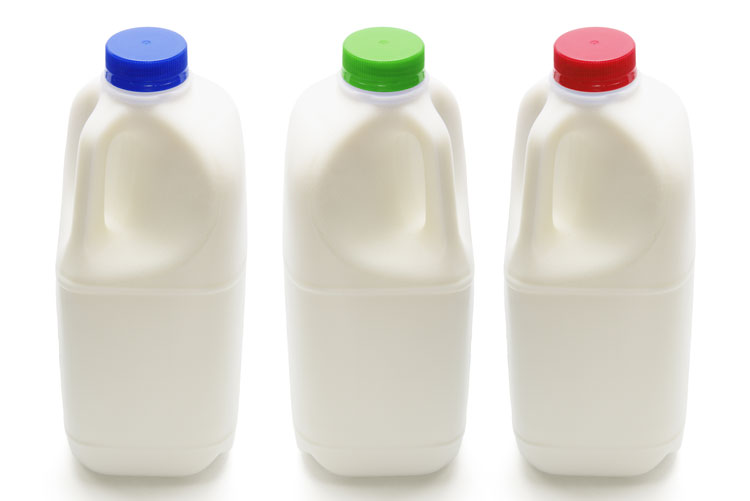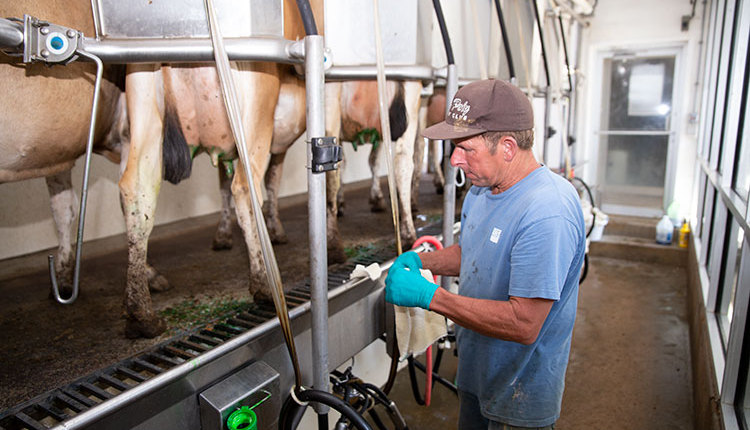
Three cheers for much-needed observations at the end of the article “Northeast fluid sales are evaporating” on declining Northeast fluid sales. The dairy industry shoots itself in the foot by continuing to treat fluid milk as a commodity, in an era when the baby boomer generation (on which school milk programs were based) is now only buying cream for breakfast tea. This commodity treatment begins when the same milk truck must pick up all milk, no matter how differentiable the milk production process and unique milk qualities that may exist on each individual farm. This commodity treatment is taken further by the “one size fits all” processing, separating and reconstituting that happens to that milk when it reaches our cooperative bottling plant.
After your milk reaches that destination, its uniqueness has been diluted. You cannot pull “grass-fed” or “GMO free” or “A2A2 Beta Casein” or “live enzyme” (or even “certified” as we used to label inspected raw milk dairies) or any of the other growth markets for premium milk bottling out of a pooled supply — any more than you can pull the extra cheese yield from the BB Kappa casein breeds (Jersey, Brown Swiss, Normande) for more efficient cheese making from a pooled milk supply.
We are in an era when the potential markets to distinguish a beverage milk from its pooled commodity plastic jug counterpart are developing rapidly. Yet the milk procurement industry resists farmers who wish to service a specific milk market niche just as the monopoly scale handlers on which we depend initiate price wars (which we finance) to inhibit all the new niche market competitors.
Has no one seen the irony of organic milk marketing losing its market momentum . . . as it takes on more and more of the characteristics of a commodity? Once you are tied to mass marketing, partnering up with the behemoths forces price competition. The primary economic characteristic of a “commodity” is when lowering the price is the only way to clear the marketplace of a surplus supply. I applaud the owners of “Fairlife” who realized that this is not a small farm versus expansion dairy issue, it is a more fundamental obsolescence of the cooperative milk marketing and “one size fits all” federal order system that is holding back the dairy industry from reaping the profits that differentiated products (such as their lactose-free “sport milk” drinks) provide.
The future of commodity milk is the highest possible quality and shelf life from a modest-price product that those with limited incomes (thus no discretionary funds to spend on premium milks) will remain loyal customers. For that milk to have a stable price, the commodity market must buck the worldwide trend and establish quotas with each permit; no new production units unless or until an old one dies or retires or converts to specialty milk production.
The future of premium milk is not in a brand name (as used to be true when Mom and Pop stores sold it and personally extolled its supposed benefits) but in a unique product definition that keeps that milk separate all the way from the farm to the store shelf (given that today’s eBay generation does not expect any help from a sales clerk).
— Greg Palen, Michigan
To comment, email your remarks to intel@hoards.com.
(c) Hoard's Dairyman Intel 2017
February 13, 2017








